Overview
Want to go on a beautiful trekking adventure that mixes lower Himalayan foothills and a high Himalayan region? Get ready to traverse the trail to Muktinath via Ghorepani. Jomsom Trek offers you an incredible walking adventure experience in the Annapurna trekking region in Nepal. The Jomsom trek distance spans approximately 45 kilometers, taking you through stunning landscapes and traditional villages in Nepal's Annapurna region. The journey begins in Pokhara, a beautiful city known for its lakes and mountain views. From Pokhara, trekkers take a short flight to Jomsom, the starting point of the trek. Jomsom is a small town situated in the Mustang region, surrounded by dramatic mountains and high desert landscapes. The trek usually takes you through charming villages like Kagbeni and Muktinath. Kagbeni is a traditional village with narrow streets and ancient houses, giving a glimpse into local life.
Muktinath, a significant pilgrimage site for Hindus and Buddhists, is famous for its sacred temples and natural springs. As you trek, you will pass through different terrains, including lush forests, arid landscapes, and river valleys. The Jomsom trek from Kathmandu offers fantastic views of the Annapurna and Dhaulagiri mountain ranges. You’ll walk through the Kali Gandaki Gorge, one of the deepest gorges in the world, which adds to the trek’s allure. The difficulty level of jomsom trek is considered moderate, making it suitable for most trekkers. The highest point on the trek is Muktinath, located at around 3,710 meters (12,172 feet) above sea level. The trek involves gradual ascents and descents, with some uphill and downhill stretches.
One of the highlights of Jomsom Muktinath trek is the chance to experience the local culture and traditions. The region is home to the Thakali people, who are known for their hospitality and unique customs. You will have the opportunity to taste traditional Thakali cuisine, which is a treat for food lovers. This Jomsom to Muktinath trek brings a wonderful blend of lower foothills and a high region of the Himalayas. The trek starts from Nayapul following the Ghorepani route and eventually reaches Muktinath (3800m) in the mountains. In addition, the trek also meets the trail coming down from the Annapurna Circuit Trek and also the trail to Upper Mustang Trek.
What you see during Jomsom Muktinath Trek
While you are on this trek, you will see so much of nature, mountains, culture, and spirituality. As you trek towards Ghorepani Poon Hill, you will enjoy the serenity of nature. The sunrise view from Poon Hill is one of the highlights of the trek. Once you head towards Tatopani from Ghorepani, you will enter the wonderful Kali Gandaki River valley, the deepest river gorge on earth.
As you trek higher towards Muktinath, you will get to experience different landscapes and surroundings. As you gain elevation, the surroundings look bare and barren. But the captivating magnificence of the mountain wilderness keeps you amazed.
Once you reach Muktinath, you will find high spiritual vibes in the surroundings. Muktinath is an important pilgrimage in Nepal. Hundreds of thousand people travel to Muktinath every year for pilgrimage. The high Himalayan and the spiritual vibes of the place will keep us energized with positivity in abundance. Later on, you will trek back to Jomsom and fly to Pokhara.
Reasons this trip becomes an Experience
Nepal Climbing Adventure always strives to offer an adventure traveling experience that you can cherish. While trekking to Jomsom is beautiful in its all essence, your experience of trekking there becomes even more beautiful with us.
By the time we take you to the base camp and bring you back, we take one step ahead to offer you a beautiful experience. We keep your safety and happiness is our top priority and you will experience the same during the trip.
Trekking with us to Muktinath is traveling in safe hands.
Highlights of Jomsom Trek
- The trek provides breathtaking views of the Annapurna and Dhaulagiri mountain ranges, with stunning landscapes of lush valleys and arid terrain.
- You’ll pass through traditional Thakali villages like Jomsom, Marpha, and Kagbeni, where you can experience the local culture and hospitality.
- The trek reaches the boundary of the Upper Mustang, known for its unique Tibetan-influenced culture and dramatic desert-like landscapes.
- Explore ancient monasteries and temples, such as the Kagbeni Monastery, which offer insights into the local spiritual practices.
- A significant pilgrimage site for both Hindus and Buddhists, Muktinath is renowned for its sacred temple and natural beauty.
- In Marpha, enjoy the sight of apple orchards and taste local apple products like cider and brandy.
- Relax in natural hot springs in Tatopani, known for their therapeutic benefits.
- The trek is renowned for its relatively dry weather, making it a great option for year-round trekking.
Jomsom Trek Route
This trekking is a fascinating journey through the Annapurna region of Nepal, known for its stunning landscapes and cultural experiences. The trek typically starts with a flight from Pokhara to Jomsom, a village situated at an altitude of 2,700 meters (8,858 feet). This trekking route to jomsom offers breathtaking views of the Himalayas, including Annapurna and Dhaulagiri. Once in Jomsom, the trek begins with a gradual descent to Kagbeni, a charming village with traditional Tibetan architecture. Kagbeni is at an altitude of about 2,800 meters (9,186 feet). As you trek from Kagbeni to Muktinath, you'll gain altitude steadily. Muktinath is the highest point of this trek at 3,710 meters (12,172 feet). It's an important religious site for both Hindus and Buddhists, and offers spectacular views of the surrounding mountains.
One of the main challenges of the trekking to Jomsom is adjusting to the higher altitudes. Even though the trek is not very strenuous, the altitude can cause discomfort, especially when reaching Muktinath. It's important to acclimatize properly to prevent altitude sickness. Walking slowly and staying hydrated will help your body adjust to the thinner air. The weather can also be a challenge. The trek passes through the Kali Gandaki Gorge, which is known for its strong winds and dry conditions. Be prepared for sudden changes in weather, especially at higher elevations. In the mornings and evenings, it can get quite cold, while the daytime may be warm and sunny. Dressing in layers and carrying appropriate clothing will help you stay comfortable throughout the trek.
The Jomsom Trek in Nepal is generally considered moderate in difficulty. The jomsom trail is well-trodden and less steep compared to some of the other treks in Nepal. However, the combination of altitude and weather conditions can make the trek demanding. With proper acclimatization and preparation for Jomsom Trek, you can enjoy this trek's diverse landscapes, from lush valleys to arid high-altitude deserts. Jomsom Trekking offers a rewarding experience with its unique blend of natural beauty and cultural richness. Despite the challenges, it's a trek that provides stunning views and memorable experiences, making it a great choice for trekkers looking for a less strenuous Himalayan adventure.
Jomsom Trek Difficulty
Trekking to Jomsom is a relatively moderate trek in the Annapurna region of Nepal. It's a great option for those who want a trekking experience without extreme challenges. Here’s what you need to know about the difficulty level of jomsom trek:
- Terrain and Altitude: The trek primarily takes you through a mix of flat and gently sloping trails. You’ll walk along the Kali Gandaki River Valley, which is known for its wide paths and stunning scenery. The highest point you reach is Muktinath, at an altitude of about 3,710 meters (12,172 feet). This altitude is manageable for most trekkers, but you might still experience mild symptoms of altitude sickness like headaches or shortness of breath.
- Duration and Itinerary: The duration for Jomsom trek usually lasts around 10 to 15 days, depending on your pace and the specific route you take. This makes it a suitable choice for those with a moderate fitness level. Daily trekking times range from 4 to 6 hours, with plenty of breaks to enjoy the beautiful landscapes and local culture.
- Weather and Conditions: The best time to trek is during the spring (March to May) or autumn (September to November) when the weather is clear and temperatures are comfortable. During these seasons, you can expect sunny days with mild temperatures and cool nights. In contrast, winter can be cold, and summer might bring rain, which can make trails slippery.
- Preparation and Fitness: While the trek is not highly strenuous, a basic level of fitness is recommended. Regular walking or hiking in the months leading up to your trip can help you prepare. Ensure you have proper trekking gear, including good hiking boots, warm clothing, and a reliable backpack.
Jomsom Trek Cost
The cost of the Jomsom Trek can vary based on several factors, including the time of year, the trekking package, and your preferences for accommodation and services. Here’s a rough breakdown of price for jomsom trek:
1. Permits and Fees:
- TIMS (Trekkers’ Information Management System) Card: $10-$20
- Annapurna Conservation Area Permit (ACAP): $30
Guide and Porter:
- Guide: $25-$30 per day
- Porter: $20-$25 per day
2. Accommodation:
- Tea Houses/Lodges: $10-$20 per night
3. Meals:
- Breakfast: $5-$8
- Lunch: $7-$10
- Dinner: $8-$12
4. Additional Costs:
- Transportation (e.g., flight from Pokhara to Jomsom): $120-$150 (one way)
- Miscellaneous expenses (e.g., hot showers, charging electronics, etc.): $5-$10 per item
Permits You’ll Need for Jomsom Trekking
You'll need a few permits for jomsom trek:
- TIMS (Trekkers' Information Management System) Card: Required for trekking in the Annapurna region. It's usually obtained through a trekking agency or the Nepal Tourism Board.
- Annapurna Conservation Area Permit (ACAP): This permit is necessary for trekking within the Annapurna Conservation Area. It's also available through trekking agencies or the Nepal Tourism Board.
Both permits for jomsom trek are generally arranged by trekking agencies, but if you're going independently, you'll need to visit the Nepal Tourism Board office in Kathmandu or Pokhara. Make sure to carry copies of your passport-sized photos and your passport when applying.
Weather During Jomsom Trek
The weather during the Jomsom Trek can vary significantly depending on the season:
- Spring (March to May): Pleasant temperatures with daytime highs ranging from 15°C to 20°C (59°F to 68°F) and cooler nights, often dropping to around 5°C to 10°C (41°F to 50°F). This is one of the best times to trek due to mild weather and clear skies.
- Summer/Monsoon (June to August): Warm temperatures with daytime highs of 20°C to 25°C (68°F to 77°F) and nights around 10°C to 15°C (50°F to 59°F). However, this period is marked by heavy rain and potential landslides, making trekking challenging.
- Autumn (September to November): Similar to spring, with daytime temperatures between 15°C to 20°C (59°F to 68°F) and cooler nights around 5°C to 10°C (41°F to 50°F). Clear skies and stable weather make this another ideal time for trekking.
- Winter (December to February): Cold temperatures with daytime highs around 5°C to 10°C (41°F to 50°F) and nights dropping below freezing, sometimes to -10°C (14°F). Snowfall is possible, and trekking conditions can be harsh.
Preparation for Jomsom Trek
Preparing for the Jomsom Trek involves a few key steps to ensure a smooth and enjoyable experience:
1. Physical Preparation
- Fitness: Engage in regular cardio and strength training exercises. Hiking Jomsom can be challenging, so building endurance and leg strength is crucial.
- Acclimatization: Plan to arrive in Nepal a few days early to acclimate to the altitude. This helps reduce the risk of altitude sickness.
2. Gear and Equipment
- Clothing: Pack layers of clothing, including moisture-wicking base layers, insulating layers, and a waterproof jacket. Temperatures can vary, so layering is essential.
- Footwear: Invest in sturdy, comfortable trekking boots that are well broken-in.
- Accessories: Include a hat, gloves, and a buff or scarf to protect against wind and cold. Don’t forget sunglasses with UV protection and sunblock.
3. Health and Safety
- Medical Kit: Carry a basic first aid kit including medication for altitude sickness, pain relief, and digestive issues.
- Travel Insurance: Ensure you have comprehensive travel insurance that covers trekking and potential evacuation.
4. Permits and Documentation
- TIMS Card: Obtain a Trekkers’ Information Management System (TIMS) card.
- ACAP Permit: Get the Annapurna Conservation Area Permit (ACAP).
5. Logistics
- Guide and Porter: Consider hiring a local guide or porter for safety and convenience.
- Accommodation: Book your stays in advance, especially in busy seasons.
6. Local Knowledge
- Weather: Be aware of the weather conditions and seasons. The best time for this trek is typically from March to May and September to November.
- Cultural Sensitivity: Respect local customs and traditions.
Outline Itinerary
Day 01: Arrival in Kathmandu (1400m)
Day 02: Kathmandu – Pokhara (900m) (6-7 Hrs Drive by Tourist Bus)
Day 03: Pokhara – Nayapul – Ulleri (2050m) 1.5 Hrs Drive/6 Hrs Trek
Day 04: Ulleri – Ghorepani (2875m) 5 Hrs Trek
Day 05: Ghorepani – Poon Hill (3210m) – Tatopani (1190m) 6 Hrs Trek
Day 06: Tatopani – Ghasa (2110m) 5 Hrs Trek
Day 07: Ghasa – Larjung
Day 08: Larjung – Jomsom (2743m) 5 Hrs Trek
Day 09: Jomsom – Muktinath (3800m) 8 Hrs Trek
Day 10: Muktinath – Jomsom (2743m) 6 Hrs Trek
Day 11: Jomsom – Pokhara (900m)
Day 12: Pokhara – Kathmandu
Day 13: Departure Day
What is included?
- All airport and hotel transfers
- Welcome and farewell dinner
- Tourist bus to Pokhara and back to Kathmandu
- Accommodation and meals during the whole of the trek
- Accomodation in a 3 star hotel in Kathmandu
- All necessary paper works and permits
- Government and local taxes
- An experienced English speaking trekking guide, assistant trek guide(4 trekkers,1 assistant guide), porters(2 trekkers, 1 porter) including their salary, insurance, food, lodging and all equipment.
- A comprehensive medical kit
What is not included?
- Nepal Visa fee(bring small denomination cash USD and two passport photographs)
- International airfare
- Excess baggage charges
- Extra night accommodation apart from the schedule due to any reasons
- Lunch and evening meals in Pokhara and in case of early return than the scheduled itinerary
- Private vehicle from Pokhara and back.
- Travel and rescue insurance
- Personal expenses
- Tips for travel guides or porters
There are a number of things that you need to keep in mind if you ever plan for your vacation. Because you want to make the most out of your limited time, it is truly a hectic job for you to find a trustworthy and experienced traveling companion. With Nepal Climbing, you have your problem solved already as we are one of the leading Trekking and Mountaineering organizations in Nepal and have been providing first class service in several travelling packages across the country for many years.
We prioritize your satisfaction and safety
At Nepal Climbing Adventure, our ultimate objective is to arrange the programs for you to make the most out of your valuable time. We value your satisfaction, adventure, amusement and safety. Regardless of whether you are searching for stunning perspectives along the trekking trails in Himalayan mountain range or widely acclaimed, heavenly attractions with developed societies, our exposure and experience in travel business will help you ensure your requirements are met.
We have professional staffs and service
We trust that extraordinary staff lead awesome administration. That is the reason we are collaborated with experienced and eager individuals. We possess authorized and government certified guides who are very much furnished with broad learning of Nepali communities and traditions. They additionally have familiar English speaking abilities and hierarchical capacities to encourage all types trekking groups.
Responsible Tourism and social values
We are endeavoring to lessen the effect of tourism by guaranteeing our staff are very much aware of ecological issues. We are doing our best to create less waste as could be expected under the circumstances and make a point to reclaim non-compostable wastes. We outline our itineraries and work in the field guided by the standards of ecotourism and reasonable tourism. Moreover, all our staff have been given ecological preparing and are extremely aware to the eco-system we enter. Additionally, we are adhering to sustainable assets of energy. Our guides will share you the social values, culture and religious harmony for better understanding the groups you visit.
Customizable Service
Our promise is to provide you with the travelling packages customizable according to your demand fulfilling your budget criteria. So, we can facilitate a minimum of 2 individuals with a personalized service at a reasonable cost.
8 day trek to Jomsom/Muktinath
We went on a 8 day trek to Jomsom/Muktinath. This trek has lost its popularity over the years because of the jeep road, making it easy to cover the distance by car. But that made the experience less touristic and more authentic for us. With on average 6 hours of hiking every day, the views of Annapurna and Dhaulagiri (2 of the 10th highest mountains in the world) were stunning. The nature was blooming: Nepal's national flower Rhododendron was flowering in a beautiful dark red color, and we ate delicious, freshly picked Nepali oranges on the way. The culture was most interesting: some of the architecture of the old villages we passed through made you feel like you were going back in time. Most of the people still work by hand. We saw women next to the road smashing large rocks into smaller ones using a hammer! Special thanks to our guide Dev, who is very knowledgeable and caring, and porter/hero Nema, who saved my girlfriends hat which fell into a canyon after a strong wind caught it. We enjoyed every minute with them!
Casper Peters
Online Payment
Or
WIRE TRANSFER
Bank Details:
Account Holder's Name: Nepal Climbing Adventure Pvt. Ltd.
Bank Name: Himalayan Bank Ltd.
Account Number: 01907449340018
Account Type: USD
Address: Thamel, Kathmandu, Nepal
SWIFT CODE: HIMANPKA
For more detail contact us:
Krishna Subedi (Chris Chhetri): +977 9851076791 (24/7, Call/Viber/Watsapp)
We recommend our guests have a valid insurance policy before undertaking an adventure in Nepal Himalaya. During treks and expeditions, the insurance should cover for expenses such as air ambulance, helicopter rescue, and medical care. As an adventure operator, we (NCA), are not permitted to arrange or sell insurance packages here in Nepal as per the Government of Nepal.
Packing List for Jomsom Trek
Here's a packing list for the Jomsom Trek:
1. Essentials
- Trekking Boots: Well-fitted and broken-in
- Trekking Poles: For stability and comfort
- Backpack: Comfortable with enough capacity for essentials
- Sleeping Bag: Suitable for cold temperatures (preferably rated to -10°C or 14°F)
- Water Bottle or Hydration System: Stay hydrated
- Water Purification Tablets: Safe drinking water
2. Clothing
- Base Layers: Moisture-wicking thermal tops and bottoms
- Trekking Pants: Quick-drying and comfortable
- Insulating Layer: Fleece or down jacket for warmth
- Rain Jacket: Waterproof and breathable
- Sun Hat/Cap: For sun protection
- Warm Hat/Beanie: For cold evenings
- Gloves/Mittens: Insulated and waterproof if possible
- Socks: Moisture-wicking and a few extra pairs
- Gaiters: To keep dirt and snow out of your boots
3. Gear
- Headlamp/Flashlight: With extra batteries
- Sunglasses: UV protection
- Camera/Smartphone: For capturing memories
- Multi-tool/Knife: For various uses
- First Aid Kit: Including personal medications
4. Miscellaneous
- Personal Hygiene Items: Toothbrush, toothpaste, and other essentials
- Sunscreen: High SPF for face and lips
- Insect Repellent: Especially during warmer months
- Snacks/Energy Bars: For quick energy during the trek
- Travel Documents: Permits, ID, and insurance details
Frequently Asked Questions (FAQ’s)
1. How long does the Jomsom Trek take?
Typically, this trek takes around 10 to 15 days to complete. This includes acclimatization days and time to explore key spots like Muktinath and Jomsom. The duration can vary depending on your pace and itinerary of jomsom trek.
2. What is the best time to go on the Jomsom Trek?
The best time to trek to Jomsom is during the spring (March to May) and autumn (September to November). These seasons offer clear skies, moderate temperatures, and excellent visibility of the Himalayan peaks. Winter and monsoon seasons are less ideal due to harsh weather conditions and potential landslides.
3. What kind of permits are required for this trek?
You need a TIMS (Trekkers' Information Management System) card and an Annapurna Conservation Area Permit (ACAP) for this trek. These permits can be obtained in Kathmandu or Pokhara before starting your trek. Ensure you carry these documents with you throughout the trek.
4. What is the highest altitude reached on the Jomsom Trek?
The highest altitude on the Jomsom Trek is at Muktinath, which is situated at approximately 3,710 meters (12,172 feet) above sea level. Proper acclimatization is important to prevent altitude sickness at this elevation.
5. Are there any altitude sickness concerns on this trek?
Altitude sickness can be a concern at higher elevations, particularly around Muktinath. To minimize risk, ascend gradually and stay hydrated. If symptoms like headaches or nausea occur, descend to a lower altitude and seek medical attention if needed.
6. Can I do the Jomsom Trek solo?
While it's possible to trek solo, having a guide or joining a group trek is recommended for safety and convenience. A guide can enhance your experience by providing local insights, navigating the route, and assisting in emergencies.
7. What makes the Jomsom Trek unique compared to other treks in Nepal?
This trek offers a unique combination of Himalayan scenery and Tibetan culture. Its lower altitude compared to other treks makes it more accessible while still providing spectacular views and cultural experiences. The trekking route to jomsom through the Mustang region is particularly renowned for its distinct landscape and ancient heritage.
8. Are there any restrictions on photography during the trek?
Photography is generally allowed, but be respectful of local customs and ask permission before photographing people, especially in religious or cultural sites. Some areas may have restrictions, so follow local guidelines.
9. Which mountain is seen from Jomsom?
From Jomsom, you can see the majestic Nilgiri mountain range. The striking peaks of Nilgiri stand out prominently against the skyline, offering breathtaking views. The snow-capped summits provide a dramatic contrast to the surrounding arid landscape of the Mustang region. This panorama is a highlight for many trekkers and travelers passing through Jomsom.
10. How far is Jomsom from Kathmandu?
Jomsom is about 358 kilometers (222 miles) from Kathmandu. The Kathmandu to Jomsom distance is typically covered by a domestic flight, which takes around 20-30 minutes, or by a longer overland journey of approximately 8-10 hours. The flight provides scenic views of the Himalayas, while the road trip offers a chance to see the varied landscapes of Nepal.
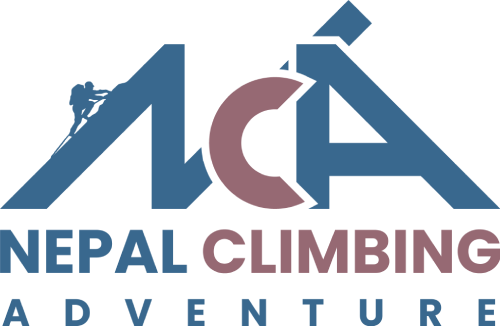
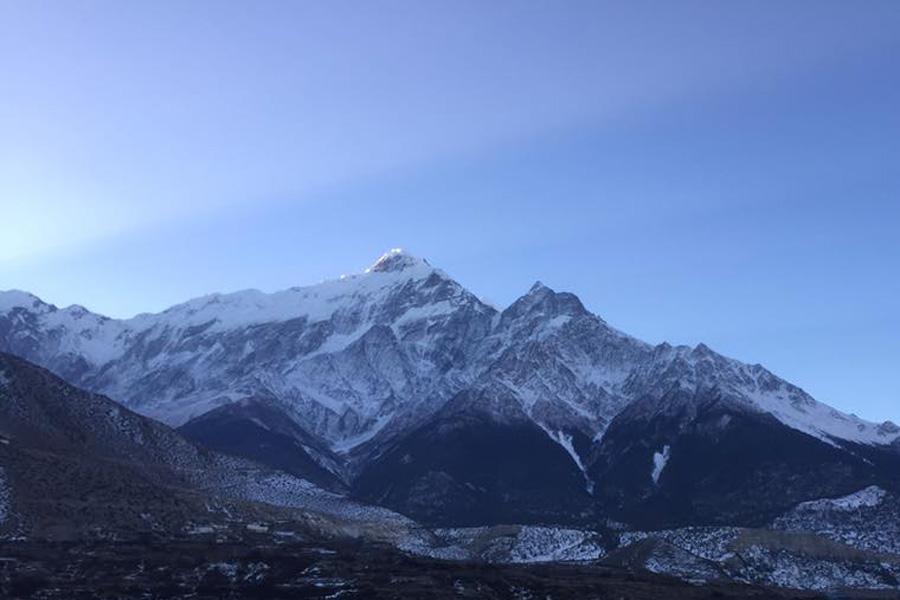
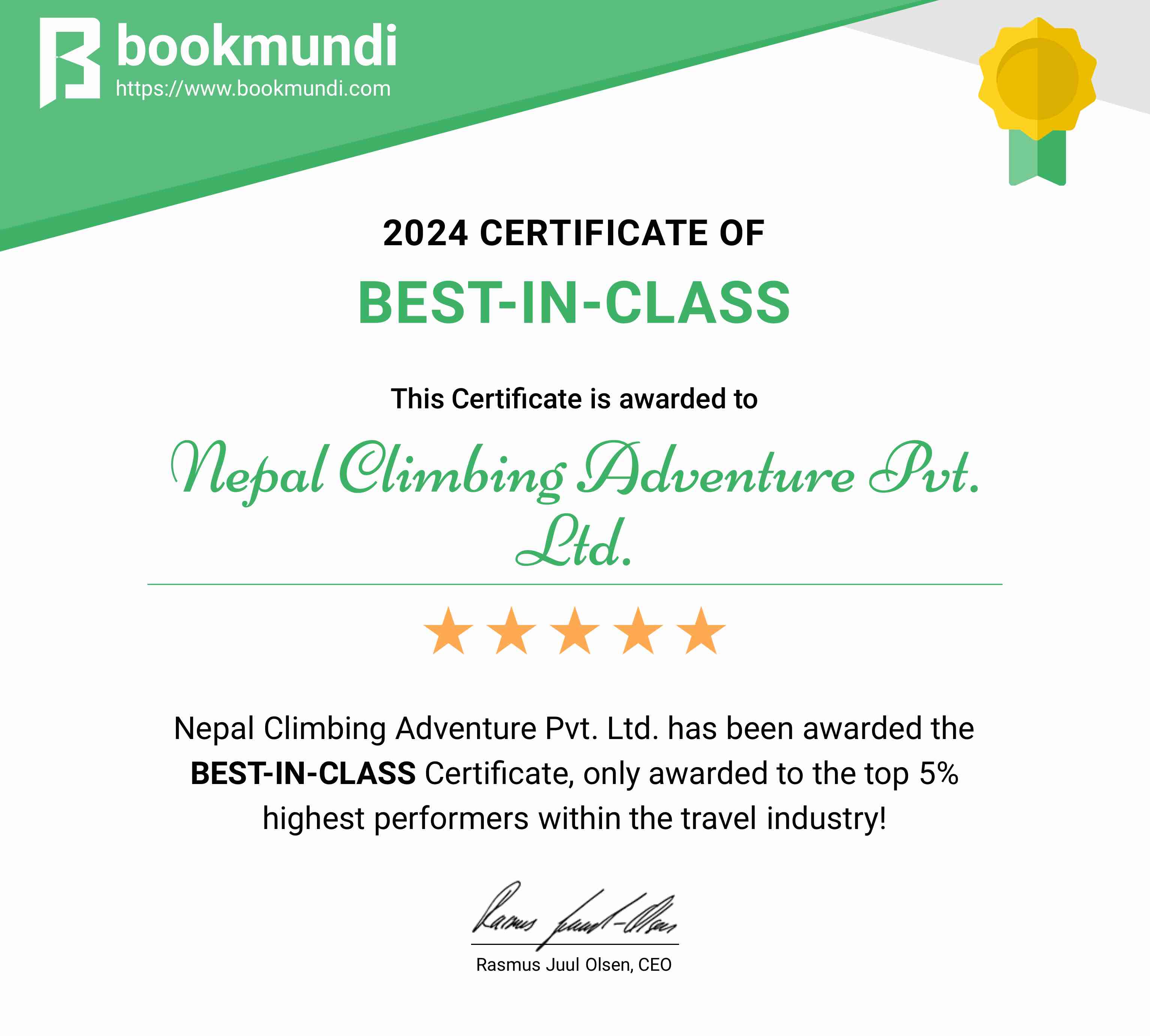
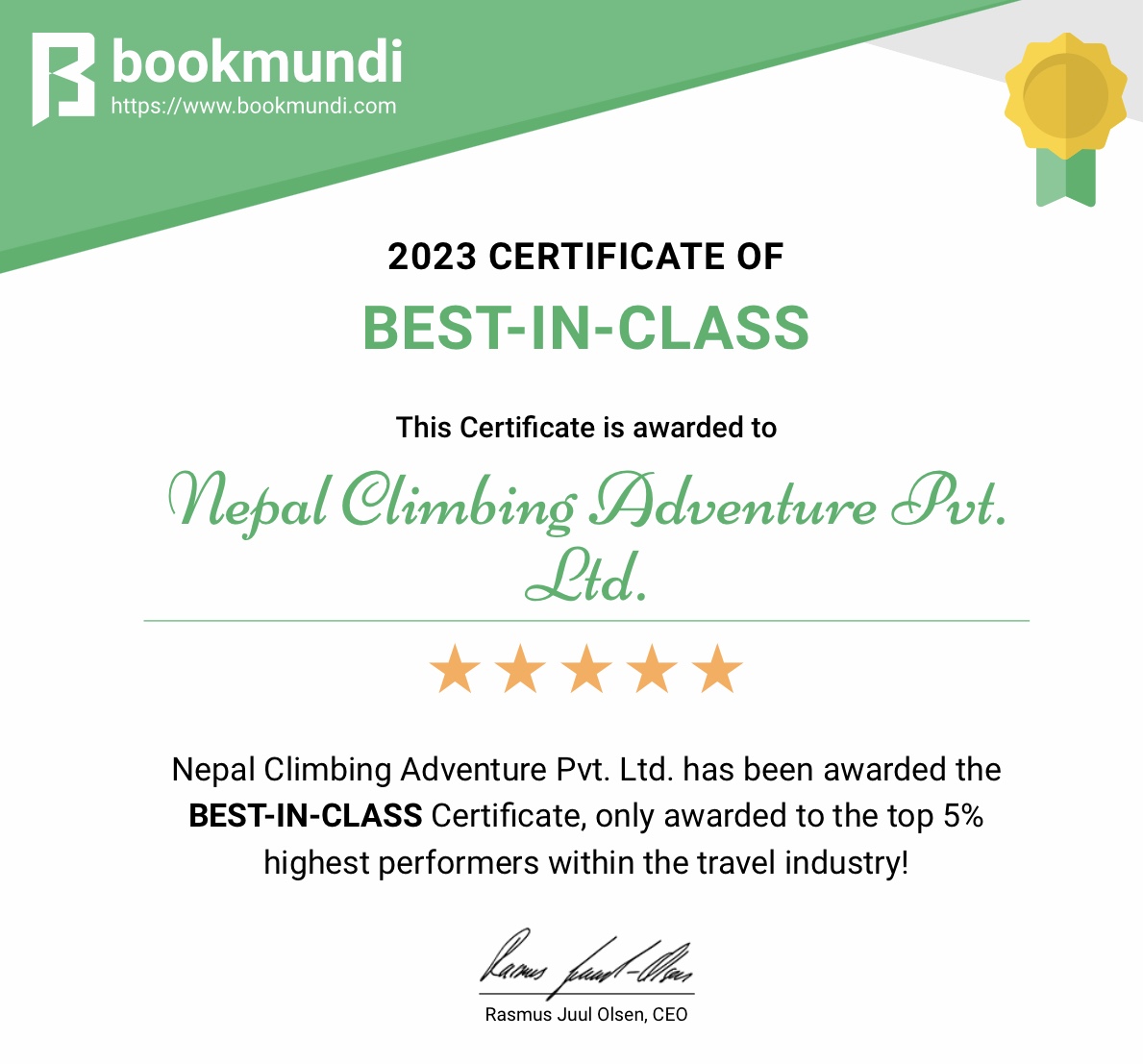
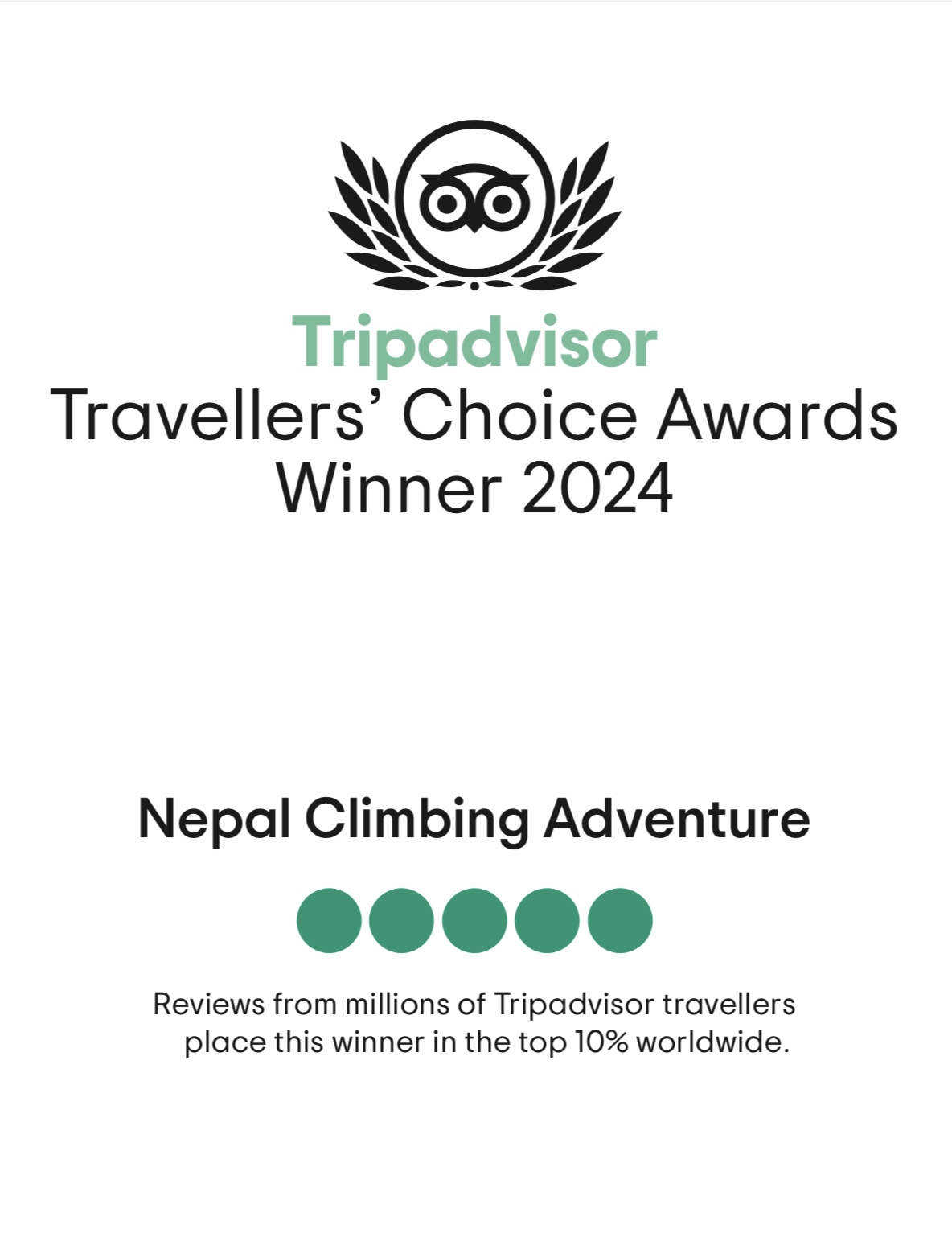
















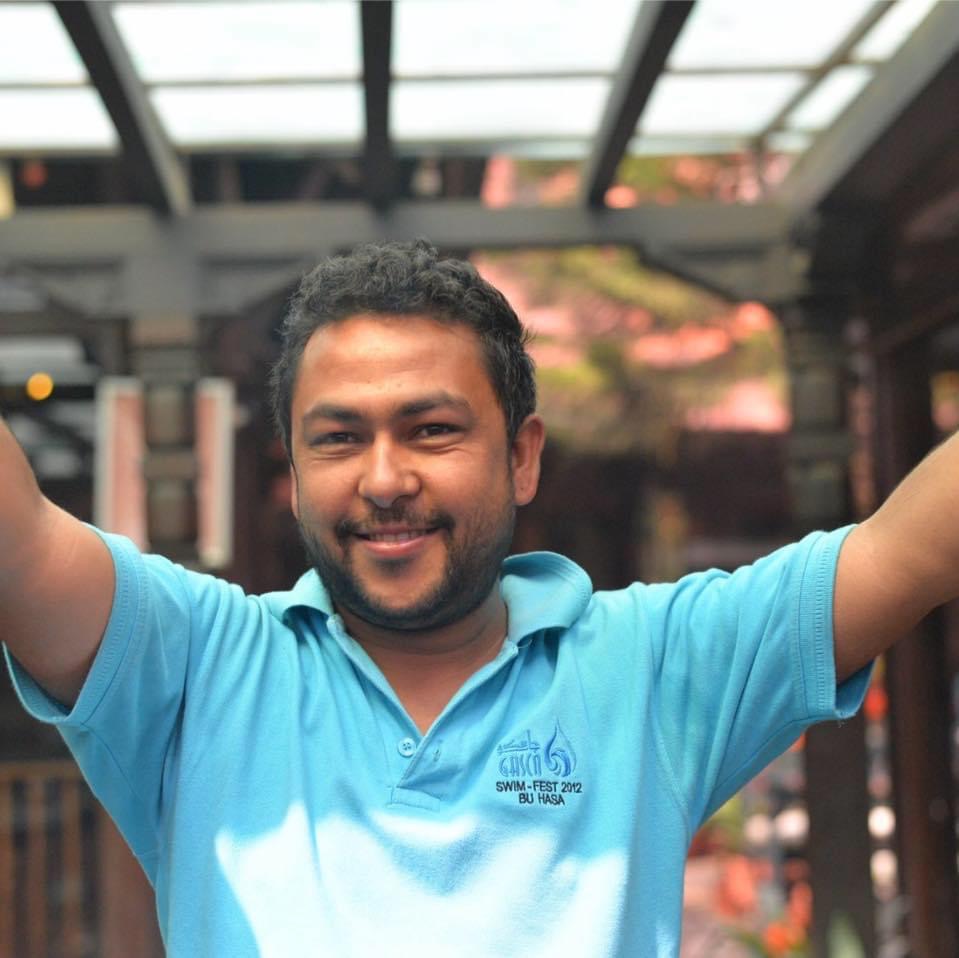 Chris Chhetri
Chris Chhetri